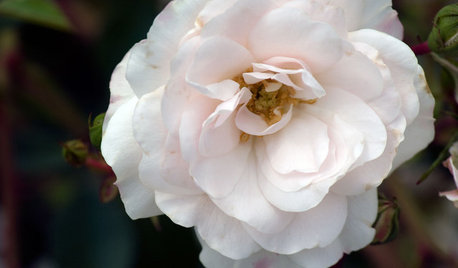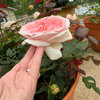Moving my roses...
User
11 years ago
Related Stories

SELLING YOUR HOUSEA Moving Diary: Lessons From Selling My Home
After 79 days of home cleaning, staging and — at last — selling, a mom comes away with a top must-do for her next abode
Full Story
DECORATING GUIDESMove Over, Neutral Sofa — Here Comes Color
Sometimes it makes sense to ignore the conventional wisdom about furniture and make a bold, colorful statement
Full Story
DECORATING GUIDES28 Decorating Moves to Try This Month
Treat your interiors to a pick-me-up with these quick and cheerful decorating tricks
Full Story
WINTER GARDENINGPruning Secrets for Exquisite Roses
Encourage gorgeous blooms year after year with this time-tested advice on how to prune your rosebush in winter for health and shape
Full Story
GARDENING GUIDESWhat Kind of Roses Should You Grow?
Want to add the beauty of roses to your garden? Find out which ones, from old-fashioned to modern, are right for you
Full Story
GARDENING GUIDESGreat Design Plant: Knock Out Roses
As glorious as their high-maintenance kin for a fraction of the work, Knock Out roses make even beginners look like garden stars
Full Story
SPRING GARDENINGHow to Grow a Rose Garden in Pots
Everything can come up roses, even without a plot of soil in sight. This step-by-step guide to growing roses in containers shows you how
Full Story
PLANTING IDEASGreat Garden Combo: Rose + Clematis for Small-Space Impact
We all need somebody to lean on. And when a rose supports a climbing vine, the results can totally transform a small garden
Full Story
GARDENING GUIDESRoses: Crowning Touch of Gardens
Whether you're the Miss or Mister America of gardening or take a hands-off approach, roses can be a winning addition to your landscape
Full Story
GARDENING GUIDES5 Favorite White Roses for a Purely Beautiful Garden
How does your garden glow? With roses that look like light and smell divine
Full StoryMore Discussions









catsrose
cecily
Related Professionals
Tempe Landscape Architects & Landscape Designers · Fillmore Landscape Architects & Landscape Designers · Salem Landscape Architects & Landscape Designers · Jackson Landscape Contractors · Wake Forest Landscape Contractors · Canyon Lake Landscape Contractors · Las Vegas Landscape Contractors · Lemay Landscape Contractors · Little Ferry Landscape Contractors · Palatine Landscape Contractors · Post Falls Landscape Contractors · Saint George Landscape Contractors · St. Louis Landscape Contractors · West Chester Landscape Contractors · West Haverstraw Landscape Contractorszack_lau z6 CT ARS Consulting Rosarian
seil zone 6b MI